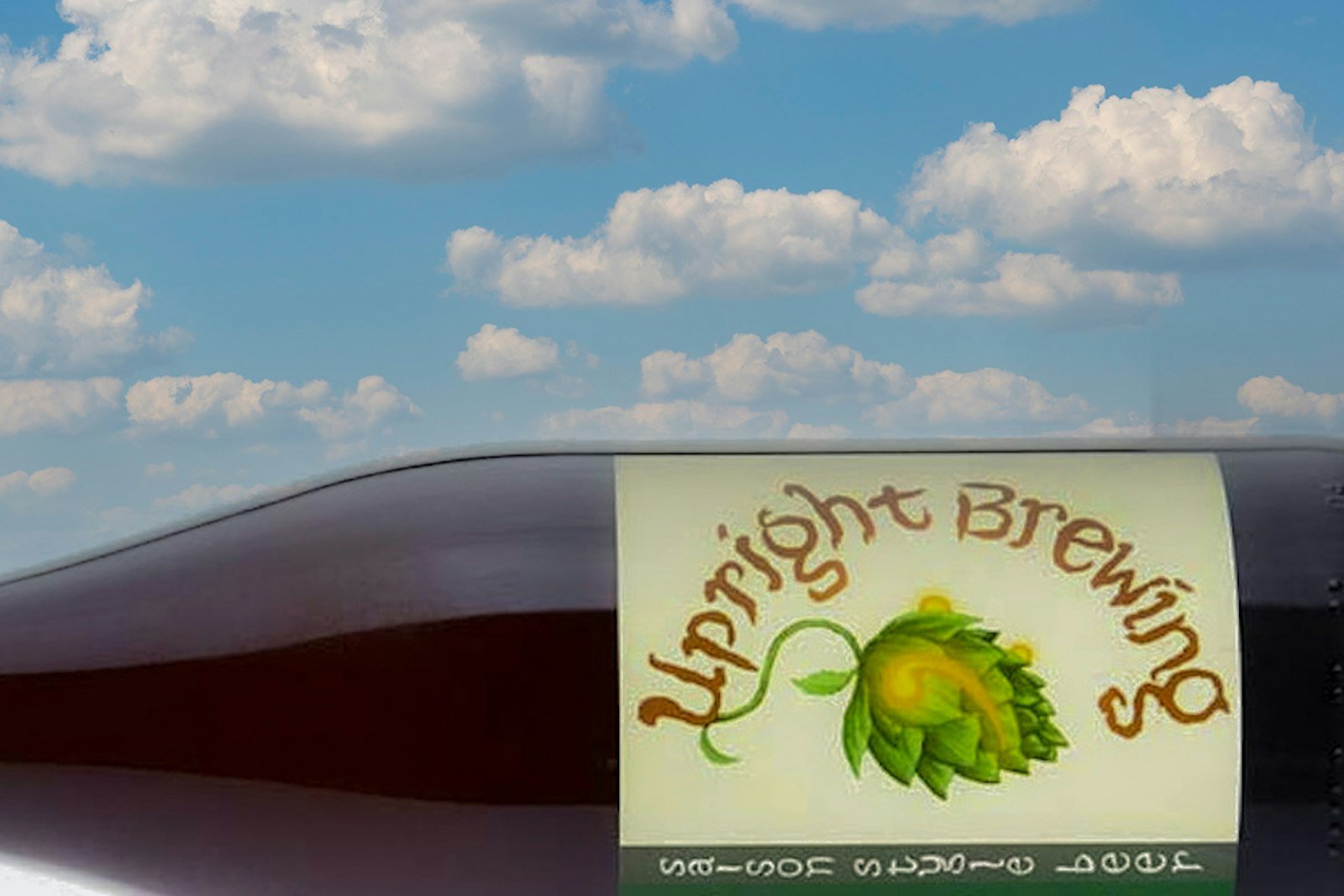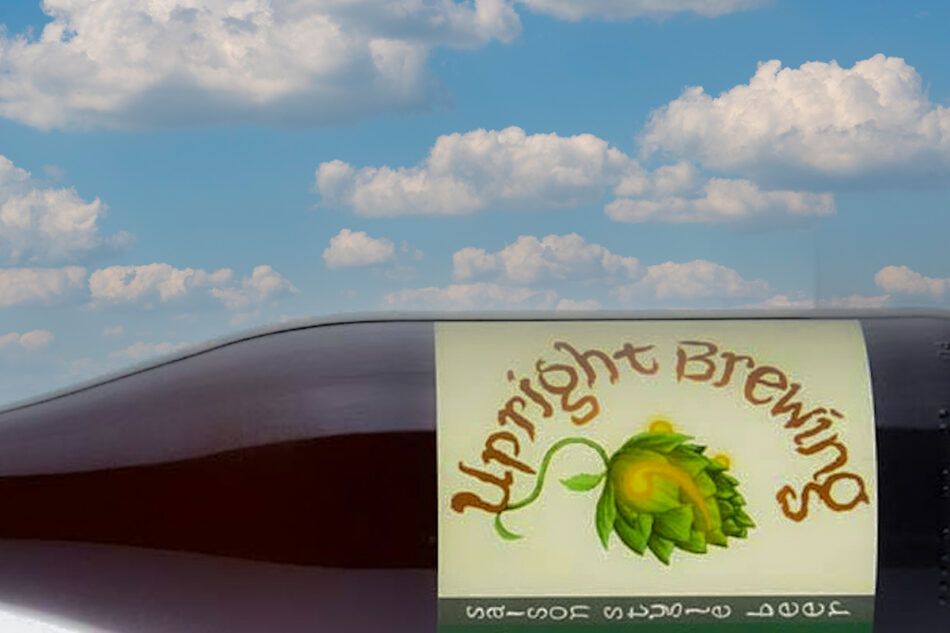Subscriber Exclusive
From Upright Brewing in Portland, Oregon, here’s a recipe for their light, easy-drinking saison that features a citrus-tropical fruit character balanced by yeast-driven earth and spice.
From Upright Brewing in Portland, Oregon, here’s a recipe for their light, easy-drinking saison that features a citrus-tropical fruit character balanced by yeast-driven earth and spice. Continue reading.
https://beerandbrewing.com/cdn-cgi/image/format=auto/https://www.datocms-assets.com/75079/1754803184-upright-saison-bottle-sky.jpg?auto=format&w=900
All Access Subscribers can download the Beersmith and BeerXML version of this recipe.
Subscribe today.
Alex Ganum, founder and head brewer, says that when you’re aiming for rustic quality in a saison, that can come from your yeast or “whatever lends character.”
With saison, that can also mean “avoiding a singular note, where the ingredients are grossly outcompeted by the fermentation profile,” he says. “I think rusticity often avoids novelty, but—being saison—there are no strict rules and plenty of exceptions.”
He continues: “For instance, our Saison Vert has tons of black lime in the nose, but a lot of the other elements … are still there, just in less balance,” he says. “Spices or alternate ingredients like the black limes can be great additions, and ultimately the vision for the beer lies with the brewer. When we’re trying to do something more delicate than the Vert, I’ll add some ingredients earlier in the boil to help layer flavors and to keep them from sticking out too much.”
For more perspective on these modern beers inspired by Belgian classics, see Style School: Classic Saison Is Something You Feel.
ALL-GRAIN
Batch size: 5 gallons (19 liters)
Brewhouse efficiency: 72%
OG: 1.044 (11°P)
FG: 1.007 (1.8°P)
IBUs: 20
ABV: 4.8%
SUBSCRIBER EXCLUSIVE
Alex Ganum, founder and head brewer, says that when you’re aiming for rustic quality in a saison, that can come from your yeast or “whatever lends character.”
With saison, that can also mean “avoiding a singular note, where the ingredients are grossly outcompeted by the fermentation profile,” he says. “I think rusticity often avoids novelty, but—being saison—there are no strict rules and plenty of exceptions.”
He continues: “For instance, our Saison Vert has tons of black lime in the nose, but a lot of the other elements … are still there, just in less balance,” he says. “Spices or alternate ingredients like the black limes can be great additions, and ultimately the vision for the beer lies with the brewer. When we’re trying to do something more delicate than the Vert, I’ll add some ingredients earlier in the boil to help layer flavors and to keep them from sticking out too much.”
For more perspective on these modern beers inspired by Belgian classics, see Style School: Classic Saison Is Something You Feel.
ALL-GRAIN
Batch size: 5 gallons (19 liters)
Brewhouse efficiency: 72%
OG: 1.044 (11°P)
FG: 1.007 (1.8°P)
IBUs: 20
ABV: 4.8%
[PAYWALL]
MALT/GRAIN BILL
6.8 lb (3.1 kg) pale two-row malt
1.25 lb (567 g) wheat malt
7 oz (198 g) dextrin malt
HOPS SCHEDULE
0.4 oz (11 g) Hallertauer Magnum at 75 minutes [20 IBUs]
2.5 oz (71 g) Elani at flameout
YEAST
Imperial B56 Rustic, Wyeast 3726 Farmhouse Ale, or similar
DIRECTIONS
Mill the grains and mash at 147°F (64°C) for 60 minutes. Recirculate until the runnings are clear, then run off into the kettle. Sparge and top up as needed to get about 6 gallons (23 liters) of wort, depending on your evaporation rate. Boil for 75 minutes, adding hops according to the schedule. Chill the wort to about 74°F (23°C), aerate, and pitch the yeast. Ferment at 74°F (23°C) to start, allowing the temperature to free-rise as high as 88°F (31°C) but not higher than 90°F (32°C). Once fermentation is complete and gravity has stabilized, crash and keg or bottle-condition to about 3 volumes of CO2.
BREWER’S NOTES
Ingredients: You can sub in pilsner or another base malt for slightly different character, and any bittering hop early in the boil will do.
Water: Our local water is super-soft, but for a beer like this we’re adding salts and looking for the following minimum concentrations: calcium above 50 ppm, sulfates around 100 ppm, and chloride above 30 ppm. Adjust the pH as needed to aim for 5.3 in the mash and 5.5 for last runnings.










